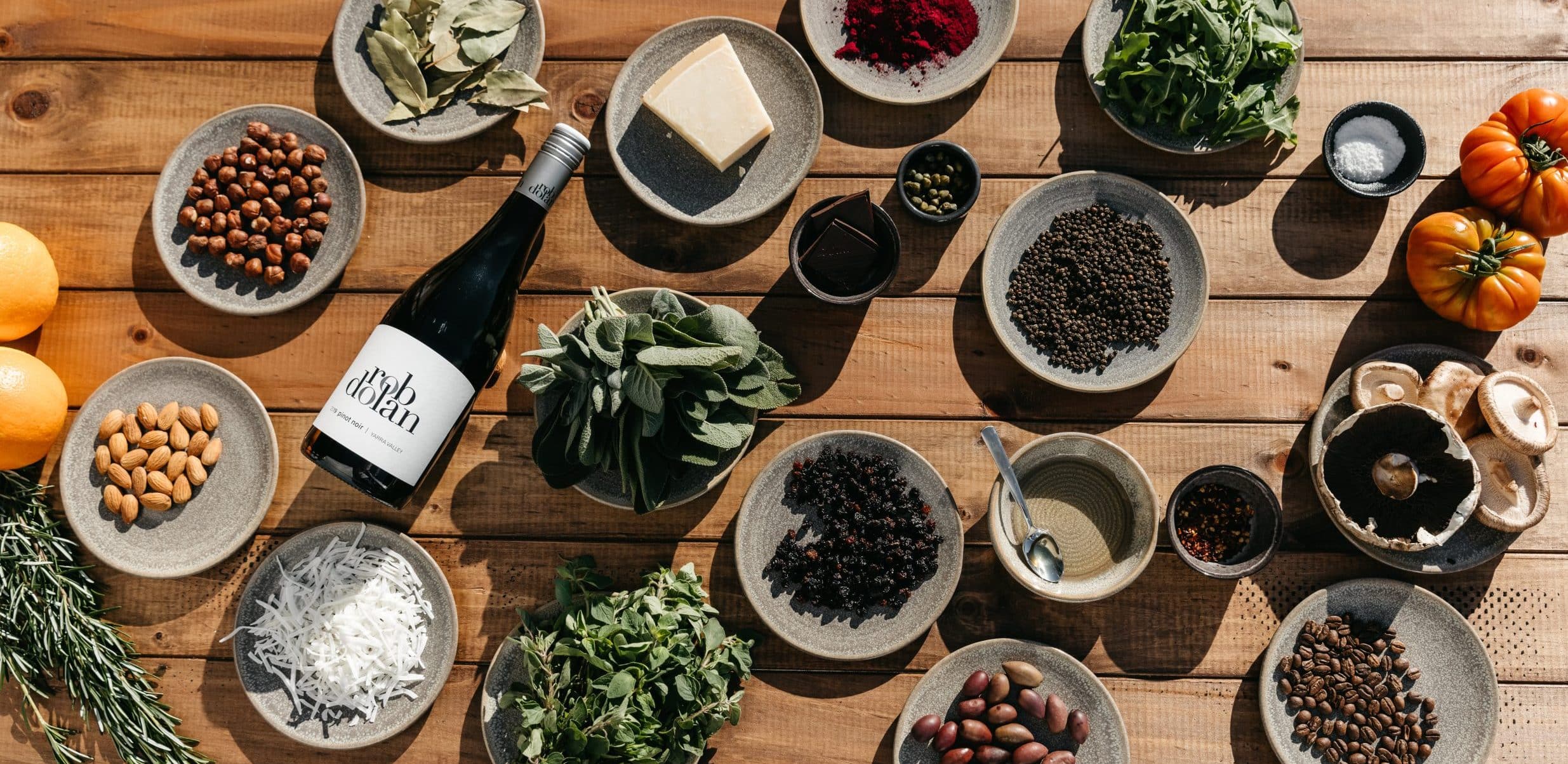
16 May Food and Wine pairing with Master of Wine Meg Brodtmann
I hate to think about the number of words that have been written about this subjective topic. It is so difficult to provide any absolute rules as we know there are many factors influencing how you perceive wine and food. Who you are eating with, the room, the music, even the weight of the cutlery and glasses apparently. Please remember there are no rules and keep that in mind as you look at these ‘suggestions’.
Firstly, the question to ask yourself is ‘do I want the wine or the food to shine?’ as this will influence what you choose. I usually consider three factors when I am choosing food and wine to go together:
- Will they complement each other?
- Will they contrast with each other?
- Will the wine or food cleanse your palate?
These are my 3 C’s of food and wine pairing. Below are some other tips you can consider.
- Keep food and wine at a similar weight:
Lightweight foods, such as chicken and fish, are complemented by more delicate, lighter bodied wine styles while richer, heavier foods (think osso bucco) need a full bodied wine to stand up to the richness of the food. Obviously, food & wine weight is a spectrum so don’t forget medium bodied wines (ie our Black Label Chardonnay) pair well with richer seafoods such as prawns. - Match flavour intensity and character:
Similar food and wine flavours complement each other. For example, dishes with a citrus sauce pair well with white wines such as our White Label Pinot Gris and our True Colours Sauvignon Blanc. A classic pairing is roast duck and cherry sauce with Pinot Noir. Intensity of flavour should also be matched so one doesn’t overwhelm the other. - Think about acidity:
High-acid wines, such as our White Label Chardonnay, are often used to cleanse the palate when eating oily food such as roast pork (and crackling). However, creamy sauces usually do not do well with high acid wine – imagine if you squeezed lemon juice in to your cream! Food with a high acid content (think salads with vinegar based dressings) work well with high acid wines. - Beware mixing salt and tannin:
Whilst salt clashes with tannin (it makes tannin seem more bitter), it works miracles with acidity which explains why our higher acid whites are so yummy with salty nibbles. For a dry red to work with salty food it needs to have low tannins and noticeable acidity. Step up White Label Pinot Noir. While preparing for our Pairing Method event, I was floored by how well the White Label Pinot pairs with salty offerings. If you don’t believe me, book into the event and see for yourself. - Richer foods can soften the appearance of tannin:
Tannins bind protein and are found in red grape skins. Thicker skinned varieties, such as Cabernet Sauvignon, have higher levels of tannins and are best served with protein dense foods which match the intensity of flavour. - And lastly, serve a wine at least as sweet as the food being served:
Sweet foods make dry wines seem over-acidic and tart so you need to match the levels of sweetness in the food and the wine. Often sweet wines are served with rich foods such as pâté (think Sauternes and foie gras) and the acidity will cut through the fat in the pâté while the wine’s sweetness will complement the richness of this food.
To help you work out what you love to match with wine, why not join us at our The Pairing Method Event? We take food down to the element and you get to taste each element against our 2019 White Label Pinot Noir. It is amazing to see what works and what doesn’t.
The best thing to remember is that food and wine pairing is subjective so at the end of the day, match what you love to eat and drink.

– Meg Brodtmann MW


